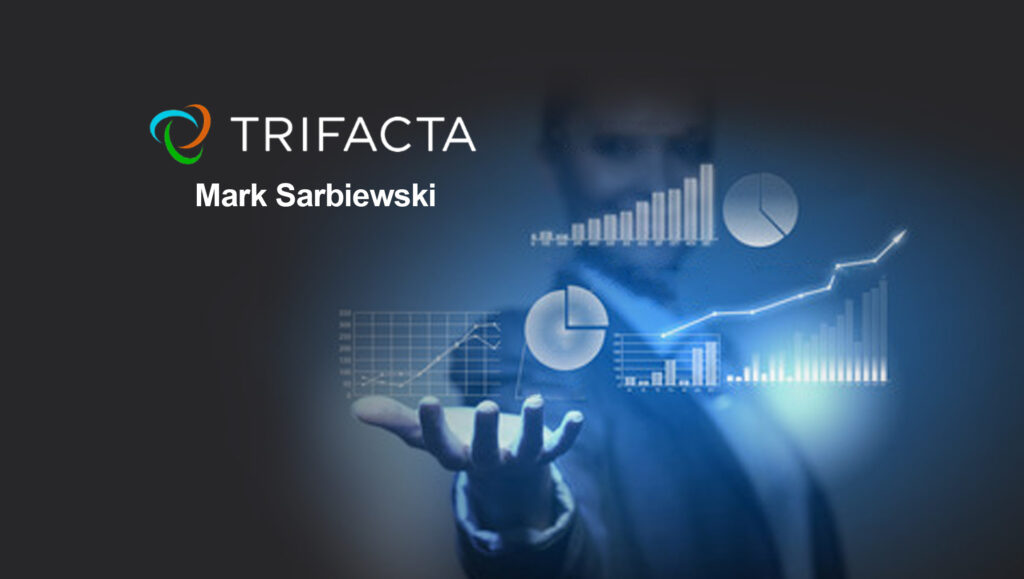What’s wrong with your sales forecasts?
Are they out of date by the time you get them, leaving you and your team stranded with no time to make your quarterly or year-end goals?
When they finally arrive, are they full of holes and errors that need filling and fixing, which just leads to further delays?
No wonder you’re frustrated. It’s not you. It’s not even your sales forecasts, really. It’s your data.
The key to generating timely, accurate sales forecasts is data. It’s got to be clean, reliable, and consumable.
I’m going to tell you a story of how one company harnessed the power of its data to rise to the challenge of producing sales forecasts a whopping 90 percent faster than it ever had before.
Maybe you’ve heard of it? It’s a little company called PepsiCo.
Read More: Personalization Is Key To Online Grocery Sales And Online Retail
Searching for the Sales Sweet Spot
Like many companies in the consumer packaged goods industry, PepsiCo was searching for the sweet spot between appropriate product stocking levels and razor-thin margins. Too much product? Resources (and relationships with warehouse managers) go to waste. Too little? Nothing tempts a fickle customer into trying a competitor’s product like an empty shelf.
To keep warehouse and store inventories fully supplied with just the right amount of product, PepsiCo’s Collaborative Planning, Forecasting, and Replenishment (CPFR) team keeps track of who’s consuming what, where, and when. This is no small job. One billion times a day, in more than 200 countries and territories worldwide, someone is cracking open a Pepsi — or enjoying one of the 23 food and beverage brands PepsiCo owns.
Exceeding the Forecast Freshness Date
The CPFR team collaborates with the company’s large retailer customers to collect inventory data—from warehouses, networks of retail stores, as well as individual points-of-sale—and reconciles it with PepsiCo’s own shipment history, production numbers, and forecast data to produce marketing and sales data and analyses.
We’re talking about a massive amount of data. Millions of consumers and billions of daily interactions worldwide. Wrangling all this data was a challenge. Creating sales forecasts took up to six months—entirely too long to be actionable. By the time forecasts were ready, they’d be out of date.
What was taking so long?
Speaking Different Languages
For one thing, PepsiCo and its customers weren’t speaking the same language.
Each customer has their own data standards, which don’t correspond with each other—let alone with PepsiCo’s system. For example, PepsiCo relies on UPCs to identify each product, while some retail customers create their own internal numbers.
PepsiCo analysts knew their ability to quickly standardize data across all retailers—and speak the same language as their customers—was critical to preparing data faster for their sales forecasting and planning efforts.
Read More: How Brands Can Provide Calm And Reassurance To Customers During Times Of Uncertainty
Burning in Excel Hell
Churning out sales forecasts fast enough for management to steer the course on sales was another challenge. Each new report required the CPFR team’s analysts to build a custom tool that combined retailers’ sales data and PepsiCo supply data—a tedious, time-consuming, error-prone process that could take up to six months.
The team primarily relied on Excel for analysis, creating large quantities of messy data. And the team had no efficient way to spot errors, leading to potentially costly outcomes. A missing product from a report, for example, could result in inaccurate forecasts and lost revenue.
Realizing that an Excel-based approach would never get them where they wanted to go, the CPFR team needed a new approach to wrangling and manipulating large quantities of disparate data.
Data Engineering the Way to Faster Forecasting
PepsiCo adopted a modern approach to data engineering that bridges the gap between the business and IT, providing the CPFR team with much-needed visibility into customer orders and empowering it to turn disparate data into accurate, actionable sales forecasts faster than ever before.
And when I say faster, I mean much faster. The CPFR team cut down the time it takes to produce end-to-end reporting by a whopping 90 percent.
This modern data engineering approach enables business users to “serve themselves” with access to raw data and gets IT out of the job of responding to every single question or demand from the business.
It dramatically reduced the time the CPFR team spends on preparing data for analysis and increased the overall quality of the data. The team can easily spot outliers, errors, and flaws in its data and can correct mistakes before they cause more significant problems downstream.
PepsiCo can now analyze inventory, logistical, and finance data from across the organization to create supply-chain and forecasting reports in record time. End-to-end analysis run time happens 70 percent faster. Dashboards that used to take up to six months to build are now ready within a day.
Customer data is available to all parts of the company in ways that everyone can understand. PepsiCo can now predict trends, adjust sales, and ultimately sell more of the right product to improve its bottom line.
Take the PepsiCo Data Challenge
Are you ready to refresh the quality and timeliness of your sales forecasts as PepsiCo did? What can you do now?
- Ditch the spreadsheets. Still struggling with the tedious manual work of cleaning and preparing data? Automating and streamlining the data preparation process can help you create sales forecasts in minutes, not months.
- Keep it clean. Your sales forecasts are only as good as the data in them. Be sure to identify and correct outliers and invalid data, and monitor and manage your data quality continuously to ensure no bad data corrupts your sales forecasts.
- Leave no data out. Customer data is everywhere—in various devices, touchpoints, and applications, with various vendors, suppliers, and partners. Be sure to connect to all your customer data, in whatever form it takes, wherever it resides.
Read More: What Summer Retail Trends Tell Us About The Rest Of 2021




















